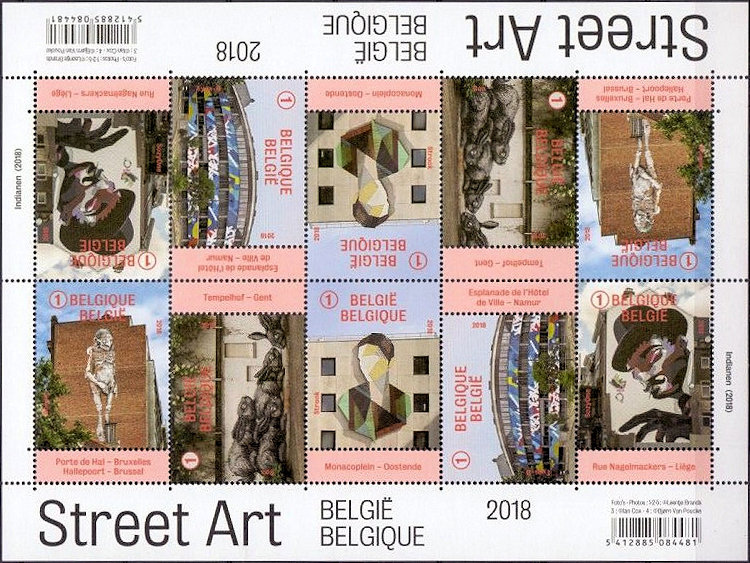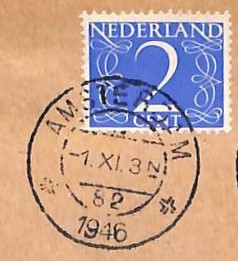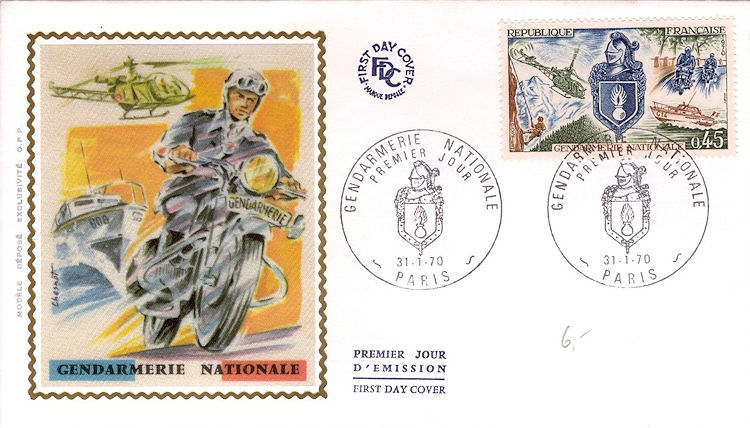Block or (Miniature) Sheet (what's in a name?)
Recently confusion arose again in the naming of sheets, mini-sheets and blocks in philately. Not surprising, because there is no standard for it. I want to take a look at a few names.
Block or sheet
The Philatelic Encyclopedia gives a good description of this. Postally, blocks are in fact completely superfluous, and so they are only printed for collectors. Occasionally, a stamp is printed in blocks only, but then it is often to promote an event or occasion. It also happens that the proceeds of such a block and/or a surcharge are used to sponsor an exhibition or something similar.
Nevertheless, blocks are immensely popular with collectors, because often a beautiful image or the reason for issue is shown on the sheet margins. The blocks are often made in a much smaller edition, which means that they quickly increase in value. And yes, many collectors are more concerned with their wallet (increasing capital) than with philately or theme.
Blocks are normally collected in their entirety. Sometimes you find a stamp from a block as postage on a letter, but this greatly reduces the value and attractiveness.
The oldest known block is that of Luxembourg from 1923, issued on the occasion of the birth of Princess Elisabeth. But in fact this is only a stamp with a wide border. The edition was 5000 pieces, which is called a rarity in philately.

Blocks with stamps up to a number of six are still called blocks, even when the stamps are different. Blocks with more than six stamps are generally referred to as (miniature) sheets. One of the most striking differences between a block and a sheet is the perforation. If the perforation extends to the edge of the paper, we call it a sheet. If the included stamps only have a perforation around the stamps (line or cabinet perforation), we call it a block.

Example of a stamp sheet

Example of a stamp block
Foreign names
In Great Britain, the blocks are often referred to as "miniature sheets". Counter sheets and other large numbers of stamps with a border are simply called "sheet" or "pane".
In German, everything is called "Block" and you have to figure out for yourself whether it is a (miniature) sheet or a block.
The French also have different names. For example, a block or counter sheet is called a "feuille", whereby a distinction is made between "feuille de presentation" (memorial blocks) and "feuille publicitaire" for the "advertising" sheets and blocks.
So you see that there is no unity in the names. For the time being, I stick to block (perforation around the stamps only) and (miniature) sheet (perforation to the edge).
First Day Covers
Another topic of discussion is the name of the first day covers, or abbreviated FDCs.
In the early years of the postage stamp, the name "first day of issue" was linked to the first day on which a stamp was used to send mail, referred to by philatelists as FDs (First Day Letters). The early first day of issues are actually items sent on the first day of availability and use, as can be read from the postmark.
But over time, traders realized that these pieces could also be considered a special area for collecting. These people therefore quickly came up with special envelopes that were decorated with an illustration, which often has to do with the theme or reason for issue. A whole new area of collecting arose around this combination of postmark, stamp and envelope.
The day of first issue should therefore be the same as the first day of use. But that is not the case in many countries. In order to give traders the opportunity to make FDCs in these hectic times, they can, with an exemption, buy the stamps a few days before the first day of issue. In Belgium, it is even allowed to sell stamps by the postal services at events before use is allowed. Very confusing for the honest collector, because even among traders there are crooks who use them a little earlier, and then a peculiarity is born.
The first day cancellation
The postal services realized that they could sell stamps to collectors without providing a service, by making them worthless by canceling them before "use". Then they came to the idea that a special stamp for this purpose would also be appreciated by collectors as a collector's impression, and that indeed turned out to be the case.

A 'First Day of Use' cancellation
There are also crooks at the post office, and the special cancellation stamp to be used (only) on the day of issue can often be obtained earlier or later (with the correct date). In Germany, for example, you can still get the date of issue on your pieces up to eight weeks after issue. And so the FDC acquires a dubious status.
Initiated by the trade, collecting FDCs was directed in the direction of blank envelopes. Collectors were therefore mainly interested in blank envelopes for a long time. But nowadays it is becoming increasingly clear that such a blank envelope cannot have been handled by the postal service and the trend is changing to collecting "used" (delivered by the post) items.
The illustration on FDCs forms a large part of the appeal, and many collectors all over the world (but especially in the US) cobble together their own FDC.

In many countries, including the Netherlands, the postal services and the trade have agreed that only envelopes provided by the trade and purchased there can be stamped with a first day stamp. In the meantime, the collection of these illustrated first day envelopes is declining considerably. The term illustration is disputed by some, and they use the term "vignette". But I keep on calling it an illustration of an envelope.
Hans de Kloet
Top - Back to former page - Home |




